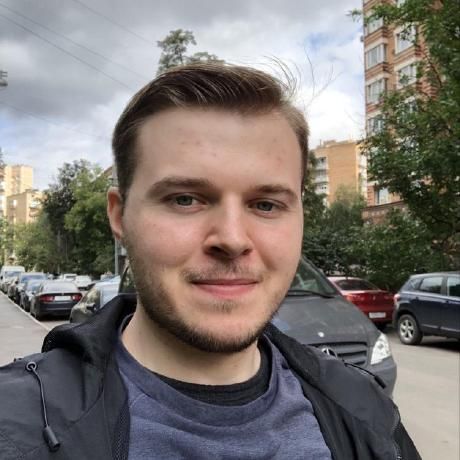Untitled Story
HackerNoon Writer
 byGerman Tebiev@turbobureaucrat
byGerman Tebiev@turbobureaucratMy blog: [So List](https://www.solist.blog/). Software development process architect @ Devexperts.
My blog: [So List](https://www.solist.blog/). Software development process architect @ Devexperts.
HackerNoon Writer
Feb 18, 2018
Nov 15, 2018